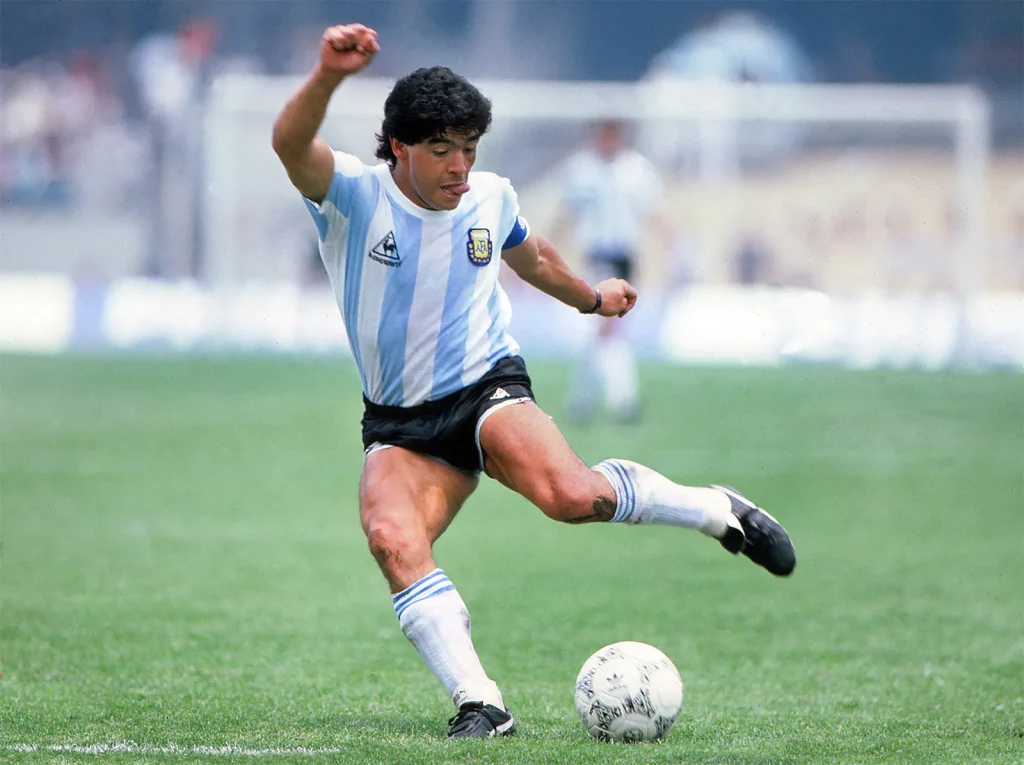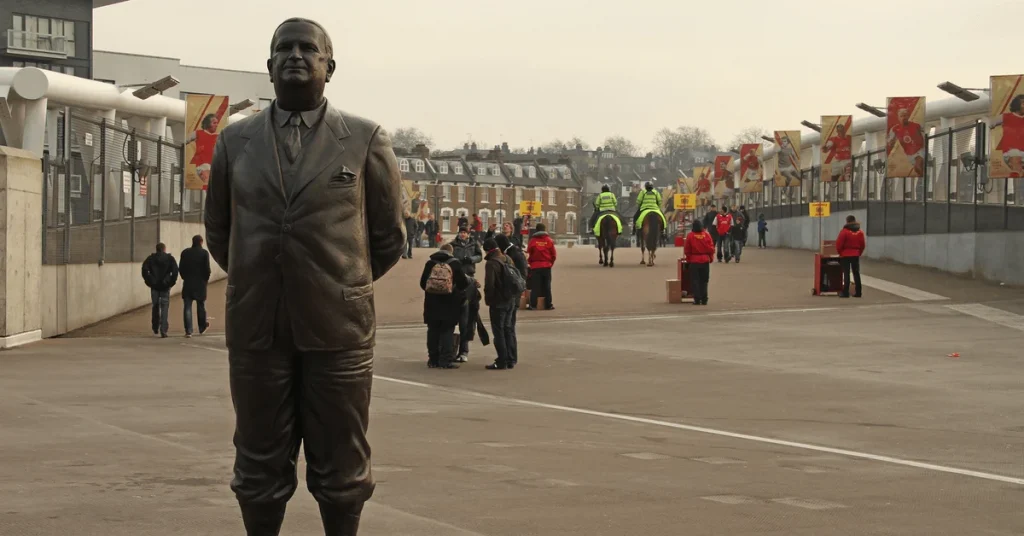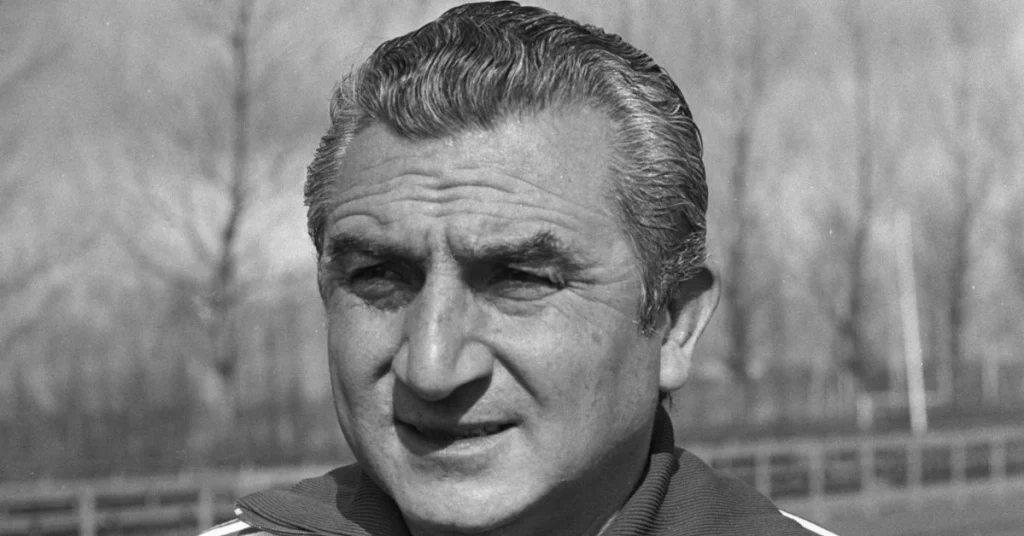In a sport that has produced so many legendary players over the years few, if any, can have eclipsed Diego Armando Maradona.
Not only did he possess extraordinary levels of skill, but the aura also that accompanied his every move and pronouncement on the game created a truly iconic individual. And, like many extraordinary human beings, it was an existence that included a fair amount of controversy.
His particular brand of this occurred both on and off the pitch and, not surprisingly for a player who burned so brightly, his untimely death in 2020 at the age of just 60 wasn’t altogether unexpected.
The early days
Maradona was born in a poor suburb of Buenos Aires on October 30th 1960, and was allegedly given his very first football at the age of just three. By the time that he was eight he had already been spotted playing for a local team by a scout for Los Cebollitas, the development team for Argentinos Juniors.
At the age of just 15 he made his debut for the senior team and in doing so became the youngest ever player to compete in the Argentinian Primera Division. From his very first game at this level, he was already displaying the cheekiness and skill that characterized his style of play. This included nutmegging many more experienced players and proving all but impossible to mark.
After five years with the club, he moved on to Boca Juniors in a $4 million transfer, having also been showered with other offers from leading teams like River Plate who promised to make him their highest-paid player ever.
Despite enjoying a very successful season with the club in which they won the league title poor relations with the Juniors’ manager Silvio Marzilino meant it was time to move on.
Into Europe
Following a $7.6 million move to Barcelona, Maradona not only broke a world record for a transfer fee, he also quickly earned the respect of the fans of arch-rivals Real Madrid. He managed this thanks to the great skills he displayed in the match they call El Clasico. In this, he dribbled past the Real keeper, Agustin, paused to allow the defender Juan José to miss him completely with a sliding tackle and calmly slotted the ball into the goal, earning a standing ovation.
With Maradona in the team, a wager on Barcelona winning most matches became a pretty safe bet. However his time with the team was also full of incident. At one point it looked like he had sustained a career-ending ankle injury following a heavy tackle by Athletic Bilbao’s Andoni Goikoetxea. Fortunately, a three month period of rehab saw him recover.
Then there was the notorious brawl at the 1984 Copa del Rey final, again against the team from Bilbao.
Once again, Maradona was on the receiving end of violent tackling from Goikoetxea – nicknamed The Butcher of Bilbao. He was also being taunted about his nationality by fans. After losing 1-0, provocation by Miguel Sola meant that Maradona snapped, headbutting him and instigating a mass brawl that led to sixty people being injured.
The event sealed his fate with the club. Luckily Napoli were on the lookout for a big-name signing, so he moved to Italy for his next world-record fee of $10.48 million.
Napoli, Napoli
Naples, in the south of Italy, is a passionate city that has always felt overshadowed and looked down upon by the Northern Italians from places like Turin and Milan. Its football team had also spent many years in the doldrums.
So, the arrival of Maradona was seen as the way the city’s pride was to be saved and over 75,000 people turned out to see the unveiling of the team’s newest signing.
Soon he was elevated to captain and the team started to enjoy success like never before leading them to victory in Serie A for the first time ever in the 1986-87 season. For the next two seasons they were runners up before claiming first place again in the 1989-90 season.
However, in 1992 he had to leave the club in disgrace having failed a drugs test that found traces of cocaine in his bloodstream. Banned for 15 months he was eventually signed to Sevilla, but the magic had gone.
The Hand of God
It’s also unfortunate that, for all of his genius, the one thing mast people know about Maradona is his involvement in the Hand of God incident. This took place in the 1986 World Cup quarter final against England. The match was already tense thanks to the backdrop of the Falklands conflict. So, when Maradona handballed a goal instead of heading it, there was uproar. It was also something that he admitted several years later, but never apologized.
But rather than dwell on the darker sides of his career, true fans still celebrate his brilliance – no more so than in Naples where his image still dominates countless walls with huge murals. Proof, if it were needed, about the true legendary status of the flawed genius.




